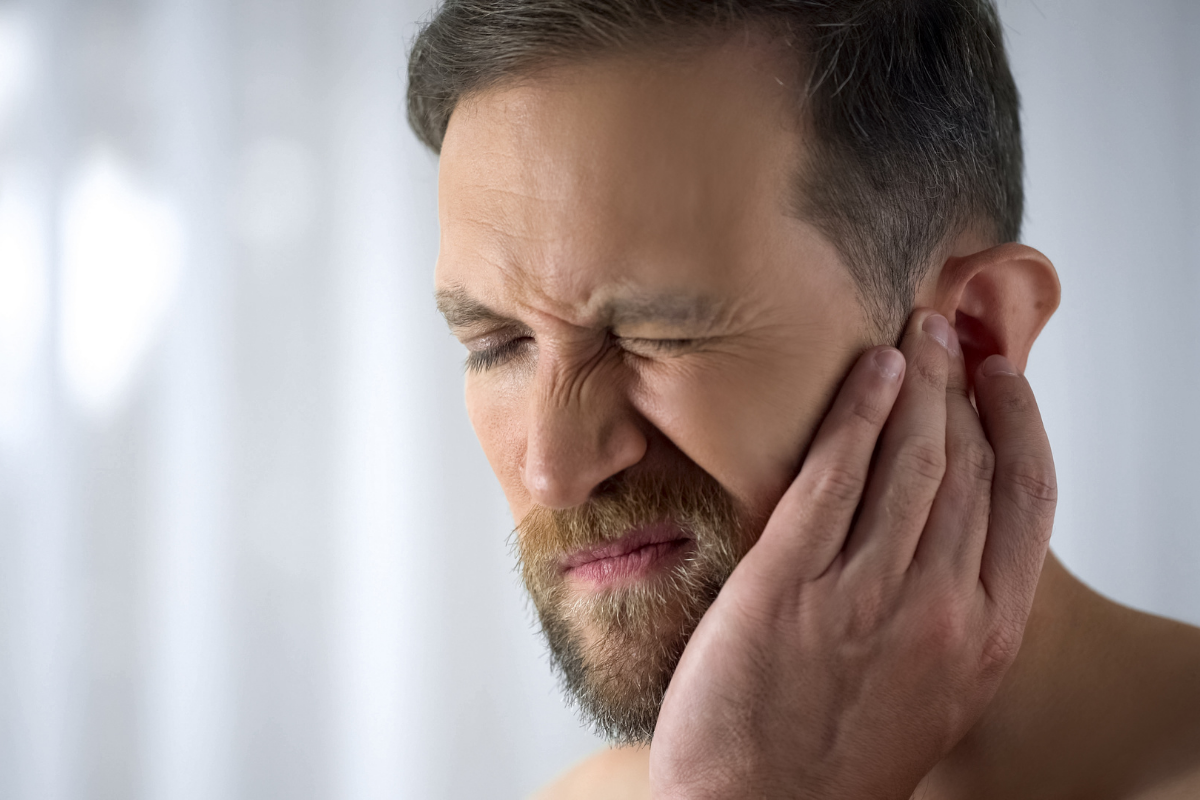
The Outer Ear
The first part of the anatomy of the ear is the outer ear. The outer ear consists of two portions:
- The visible pinna
- The outer ear canal
Their main function is to protect the eardrum.
The pinna is the visible skin-covered cartilage on both sides of the head it helps collect sound waves and localize the sound source.
The outer ear canal leads sound waves to the middle ear and it is where earwax is produced.
Earwax contains chemicals that fight off infections that could hurt the skin inside the ear canal. Earwax collects dirt and foreign particles that enter the ear to keep it safe and clean.








